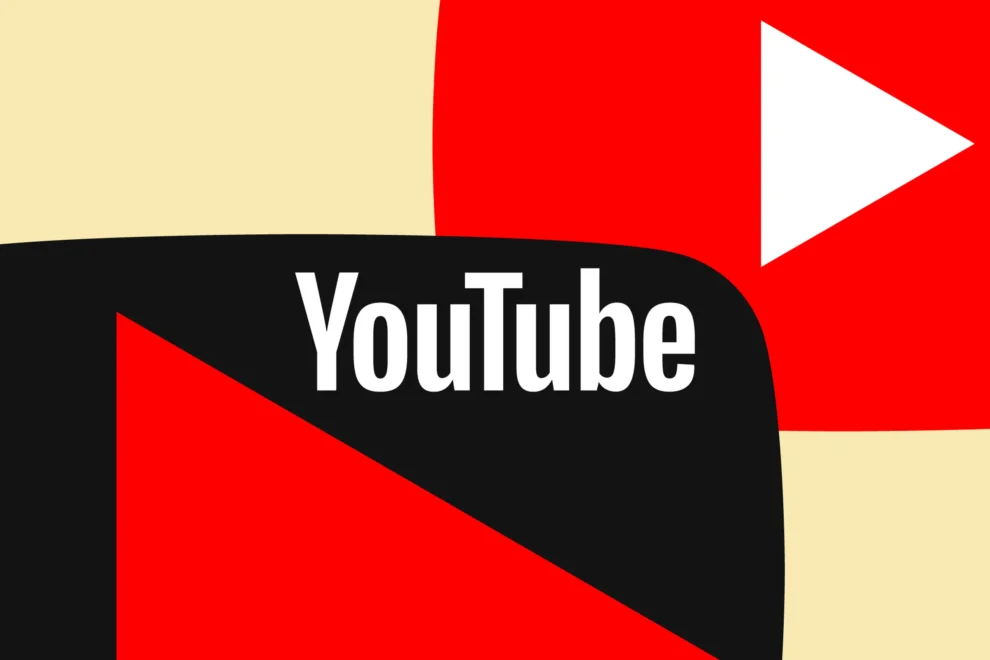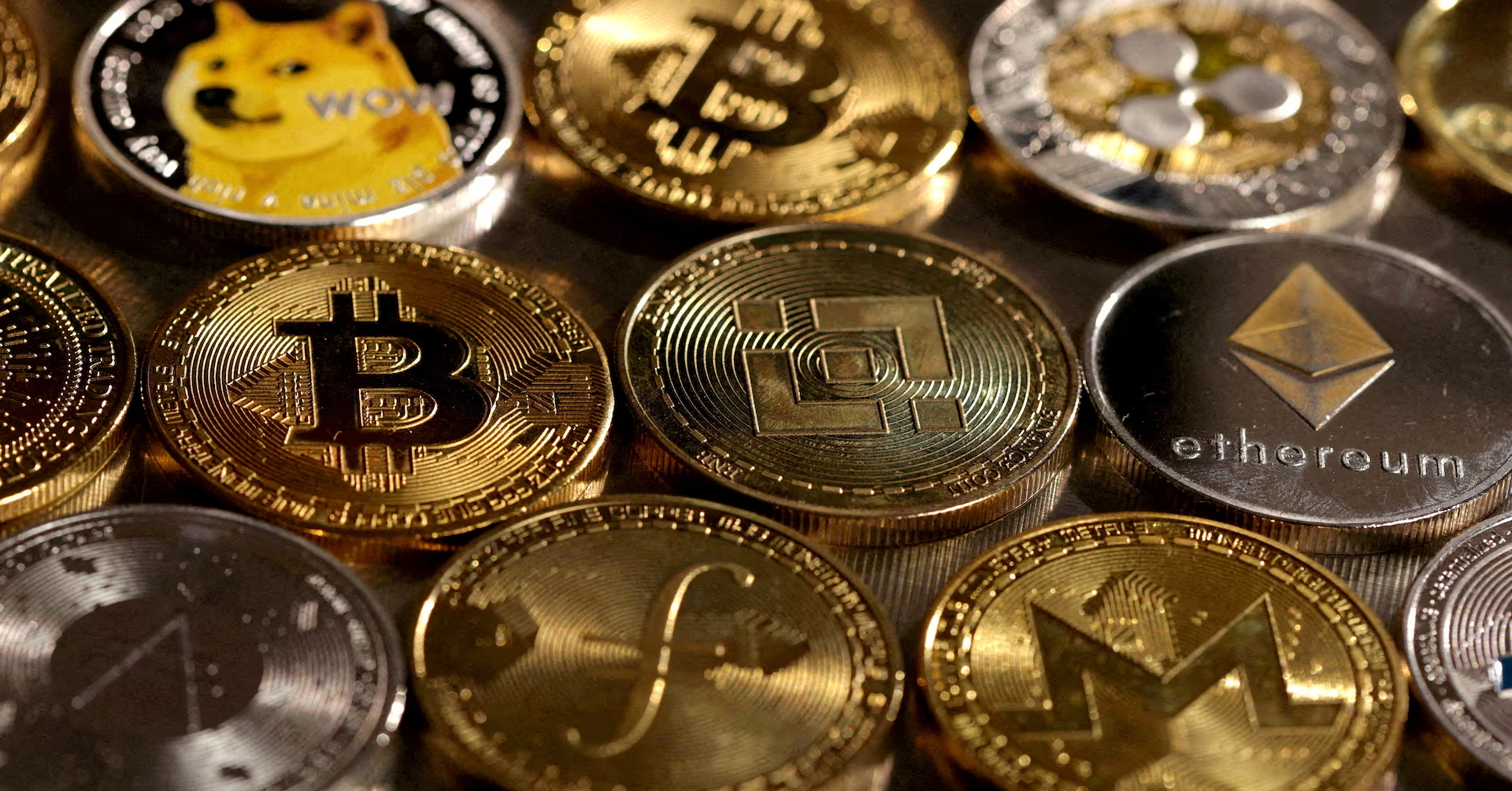In response to the rapidly evolving landscape of artificial intelligence (AI) in content creation, YouTube has announced significant updates to its policies concerning AI-generated content. This move is aimed at ensuring transparency and accountability on the platform, amid growing concerns over the potential for misinformation and the ethical implications of deepfake technology.
Key Highlights:
- YouTube now mandates creators to disclose when their content includes realistic AI-generated elements, such as videos or music that could potentially mislead viewers.
- A specific focus is placed on content covering sensitive topics like elections, conflicts, and public health crises, where misinformation could have serious consequences.
- YouTube will enforce these guidelines by introducing labels indicating when content has been altered or synthetically created using AI tools.
- Creators who fail to comply with these disclosure requirements risk facing penalties, including content removal, suspension from the YouTube Partner Program, or other actions.
- The platform is also rolling out new tools allowing individuals and music partners to request the removal of AI-generated content that mimics their likeness or voice without consent.
Detailed Overview
YouTube’s policy update comes at a time when AI-generated content is becoming increasingly indistinguishable from real human-created content. The platform’s decision to require labels on realistic AI-generated content is a proactive measure to combat the spread of misinformation and uphold the integrity of content shared with millions of viewers worldwide.
One of the main aspects of this policy change involves the explicit requirement for creators to disclose the use of AI in creating content that appears realistic. This policy is particularly stringent for content dealing with sensitive issues, where the potential for harm is significant. The labels are intended to provide viewers with the context necessary to understand that what they are watching may have been synthetically produced.
Moreover, YouTube is implementing a system for the public and music industry partners to flag and request the removal of AI-generated content that improperly uses an individual’s image or voice. This measure addresses concerns over the unauthorized use of personal likenesses and the implications for privacy and consent in the digital age.
For the music industry, YouTube’s policy introduces specific provisions for dealing with AI-generated music that mimics artists’ voices. The platform will evaluate requests for content removal on a case-by-case basis, considering factors such as the content’s nature and the context in which it is used. Notably, there will be no exceptions for parody or satire when it comes to music deepfakes, underscoring the platform’s commitment to protecting artists’ rights.
YouTube’s approach to handling AI-generated content emphasizes the importance of transparency and the ethical use of technology. By requiring disclosures and offering mechanisms for content removal, the platform aims to balance the innovative potential of AI with the need to protect individuals and prevent the spread of misinformation.
As AI technology continues to evolve, these policy updates mark a critical step in addressing the challenges and opportunities presented by generative AI. YouTube’s commitment to updating its guidelines in response to community feedback and technological advancements reflects an ongoing effort to ensure the platform remains a safe and trustworthy environment for creators and viewers alike.
This policy change by YouTube is a significant development in the digital content landscape, illustrating the platform’s proactive stance on managing the complex implications of AI technology in media. As AI continues to transform content creation, such measures are crucial for maintaining trust and authenticity online.








